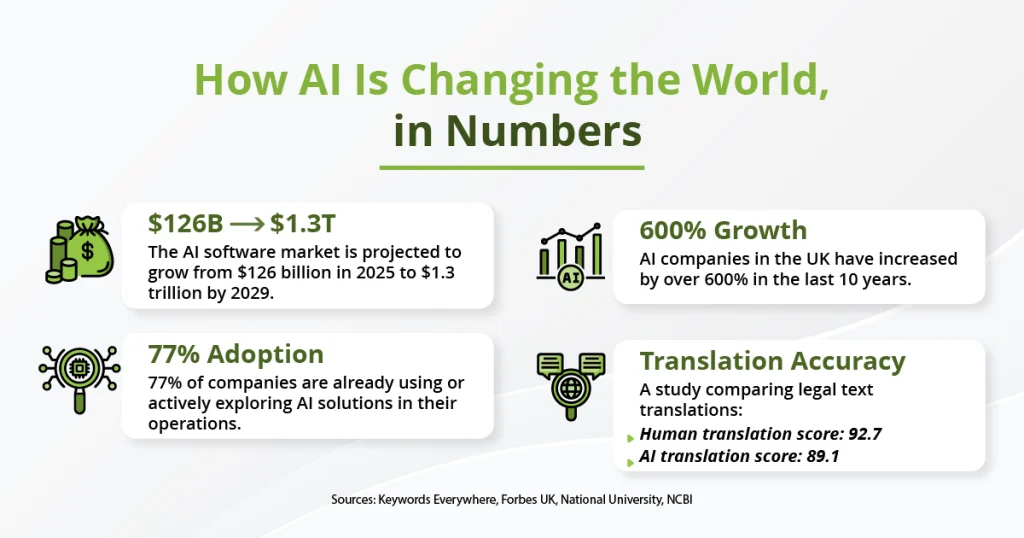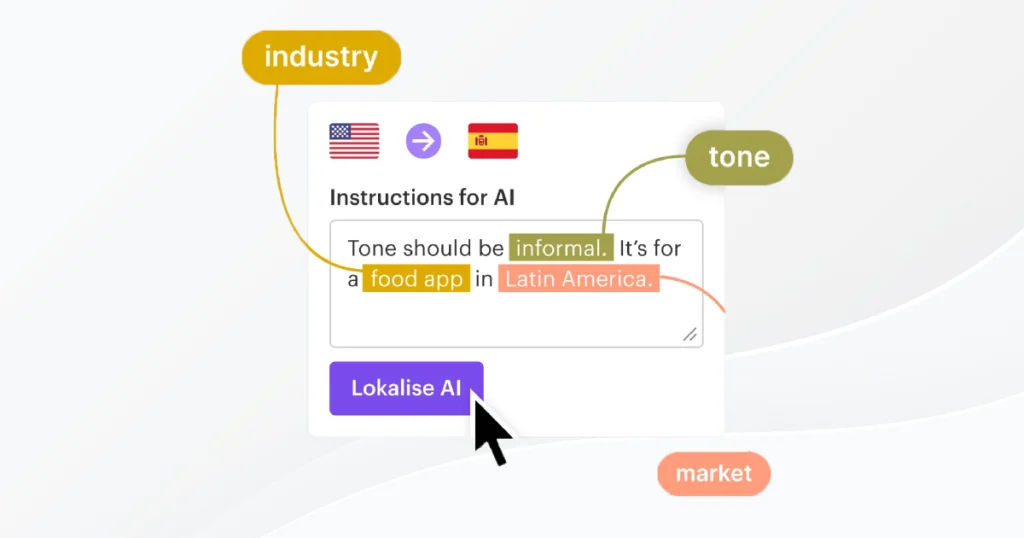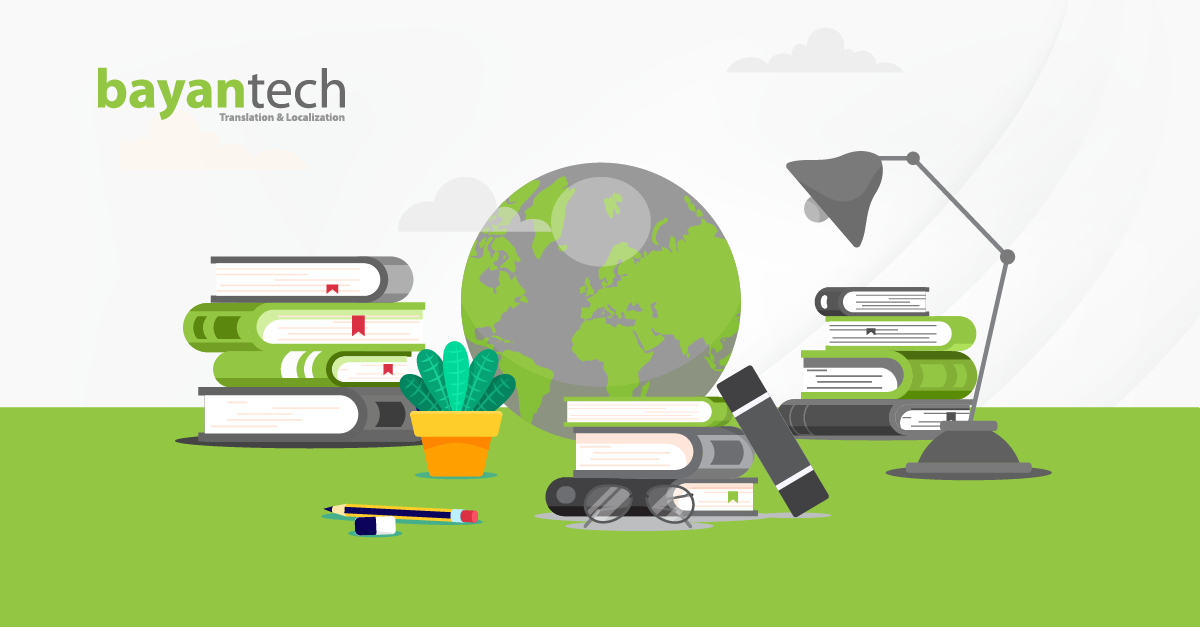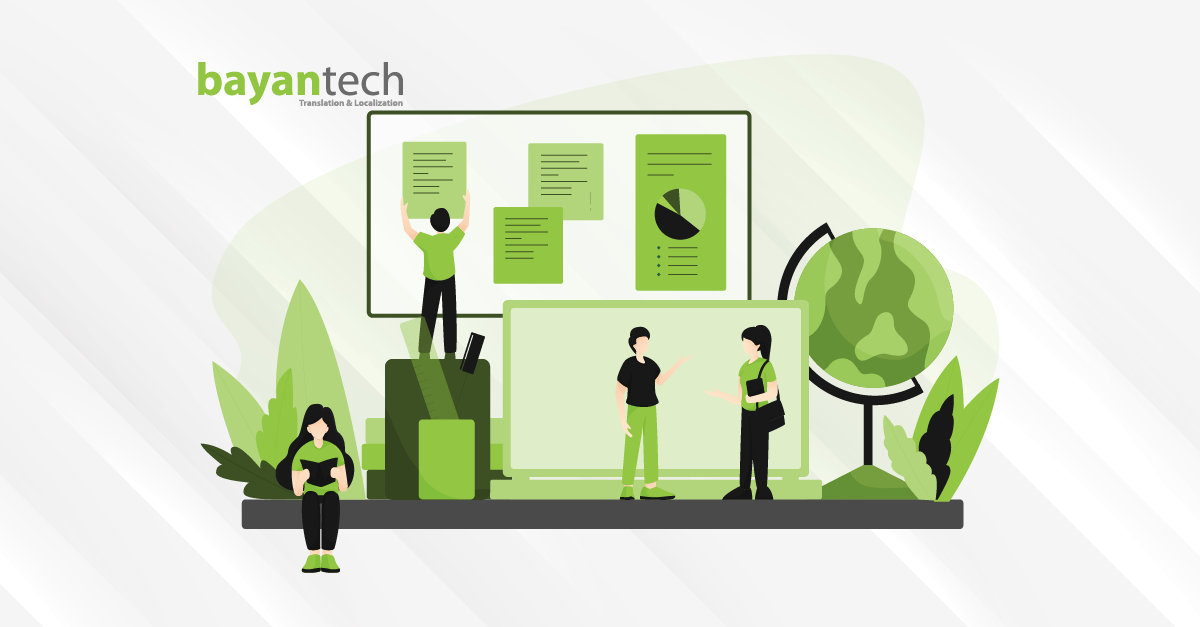AI is transforming industries, and localization is no exception. From real-time translations to culturally relevant content that clicks with global audiences, AI is making it faster, smarter, and more cost-effective to go global.
But what exactly is AI localization, and how can your business tap into its full potential without falling for the hype? In this article, we break it all down: the real benefits, the myths to avoid, and the best practices for getting it right.
What Is AI Localization?
Think AI localization is just a fancy version of Google Translate? Think again.
AI localization is the use of artificial intelligence technologies, like machine learning and natural language processing (NLP), to automate and enhance the process of adapting content for different languages and cultures.
Benefits of AI Localization
Why Businesses Are Embracing AI Localization
Actually, AI can support tasks beyond basic translation, such as tone detection, cultural nuance adjustments, terminology management, and even layout optimization for right-to-left languages. When paired with human expertise, it becomes a powerful tool that helps companies scale their global content strategies without compromising on quality or cultural relevance.
1. Efficiency and Speed
One of AI localization’s biggest advantages is efficiency. Tasks like localizing date formats, currencies, and dialectal differences (e.g., American vs. British English) manually can be time consuming. AI localization automates these processes, ensuring speed and consistency. This is especially useful for companies with large content volumes and fast-paced production cycles.
2. Cost-Effectiveness
By reducing the time and effort required for manual localization, AI localization helps businesses cut costs while maintaining quality. This service can especially benefit clients looking to localize direct and large texts, helping them save big while maintaining quality.
Over time, the investment in AI-powered tools pays off, especially as they continue to learn and improve with use.
3. Accuracy and Consistency
AI localization ensures uniform use of terminology across projects, with the help of translation memory and machine learning. You can provide the tool with glossaries, prompts, style guides, and instructions to maintain a consistent tone for your brand. This consistency is key in industries like healthcare, legal, or finance, where accuracy is non-negotiable.
4. Scalability
AI enables businesses to localize content at scale, making large-scale projects more manageable. This is especially beneficial for industries like gaming and software, where AI-driven localization streamlines workflows.
Discover how our website localization solutions utilize AI to deliver culturally relevant digital experiences.

How AI Localization Works
Since the introduction of Google Translate in 2016, machine translation (MT) has rapidly evolved. This technology relies on neural machine translation (NMT), which uses neural networks to produce context-aware translations.
However, MT often provides literal translations, struggling with nuanced language, idioms, and technical text. AI localization, powered by natural language processing (NLP) and large language models (LLMs), represents a significant leap beyond basic MT. By leveraging extensive, nuanced datasets, AI tools produce more natural translations.
Another key advantage of AI localization tools is the ability to provide them with detailed prompts, ensuring translations align with your objectives.
Which Fields Can Benefit from AI Localization?
While all fields can benefit from AI localization, it is particularly useful for these industries:
- eCommerce & Retail: From product descriptions to checkout pages, AI ensures seamless multilingual shopping experiences.
- Software: SaaS platforms and apps use AI to quickly adapt UI elements and features for different markets.
- Tourism & Hospitality: AI-powered translations enhance travel guides, booking sites, and customer support for international travelers.
The Power of AI in Software Localization
Software localization goes beyond just translating strings; it involves adapting user interfaces, error messages, help documentation, and even embedded legal disclaimers.
AI enhances this process by automating string translation while maintaining context and consistency. Advanced AI tools can detect layout constraints, support right-to-left languages, and even prevent UI issues like text overflow.
In agile development environments, AI can be integrated into continuous localization workflows, pushing updates in real time without slowing down release cycles. This makes it easier than ever to scale software products quickly, efficiently, and without compromising user experience.
Best Practices for AI Localization
- Combine AI with Human Expertise
Even though AI localization tools are now so advanced, there’s yet a tool that can fully operate on its own without needing an expert human eye to refine the translation. That’s why a service like MTPE comes in handy; human post-editors review translations done by the tool and refine them when needed.
- Leverage AI Localization Tools
Tools like Google Translate can only work for a quick research or for personal use, but not a full-scale business project. Specialized tools like Lokalise on the other hand implement machine learning and translation memory technologies for a more nuanced translation.
- Focus on Cultural Adaptation
Use AI for cultural adaptation to ensure content aligns with local customs and preferences. One thing about advanced AI localization tools is that you can add prompts or notes to provide context for the tool for a more cultural-specific result. These prompts help avoid cultural faux pas and enhance user engagement.

- Provide Style Guides
A well-structured style guide is key to getting accurate AI translations. It should cover grammar, formatting, tone of voice, preferred vocabulary, and any contextual details. The clearer and more organized your guide is—with clear rules and headings—the better AI localization tools can follow it, ensuring consistency across all translations.
- Monitor and Optimize
Continuously improve workflows by analyzing performance metrics from AI localization tools. Using the expertise of native human editors is crucial in getting the most optimum localization results.
A hybrid approach that blends AI efficiency with human expertise ensures your localized content is both accurate and culturally relevant.
Common Misconceptions about AI Localization
- “AI Replaces Human Translators”
A common concern is that AI threatens the role of human translators. In reality, AI complements human expertise rather than replacing it. While AI can handle repetitive tasks and process large volumes of content quickly, it lacks the cultural sensitivity and deep linguistic understanding that professional linguists provide.
Rather than eliminating the need for human involvement, AI allows translators to focus on strategic and creative aspects, such as refining tone, adapting content for cultural relevance, and ensuring consistency across projects.
- “AI Is Always Perfect”
AI localization is often seen as an instant, flawless solution, but AI-generated translations still require careful human oversight to refine the output.
Some professionals argue that the time required to post-edit AI-generated content can be just as long as translating from scratch. However, this can be easily avoided by using professional AI tools and optimized workflows to localize direct, non-creative texts.
- “AI Allows Data Breaches”
When choosing a language service provider, ensure they use professional AI tools with strong privacy and security measures. Reliable AI localization tools with data encryption prevent data storage and ensure secure transfers, keeping your information safe.
Start Your AI Localization Journey Today
Partner with bayantech to combine the power of AI localization with human expertise for a seamless, high-quality localization process.
Contact us now to discover how AI localization can transform your business!







